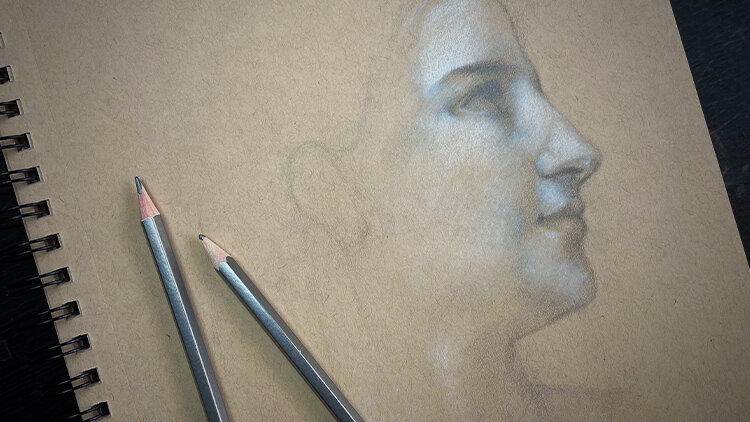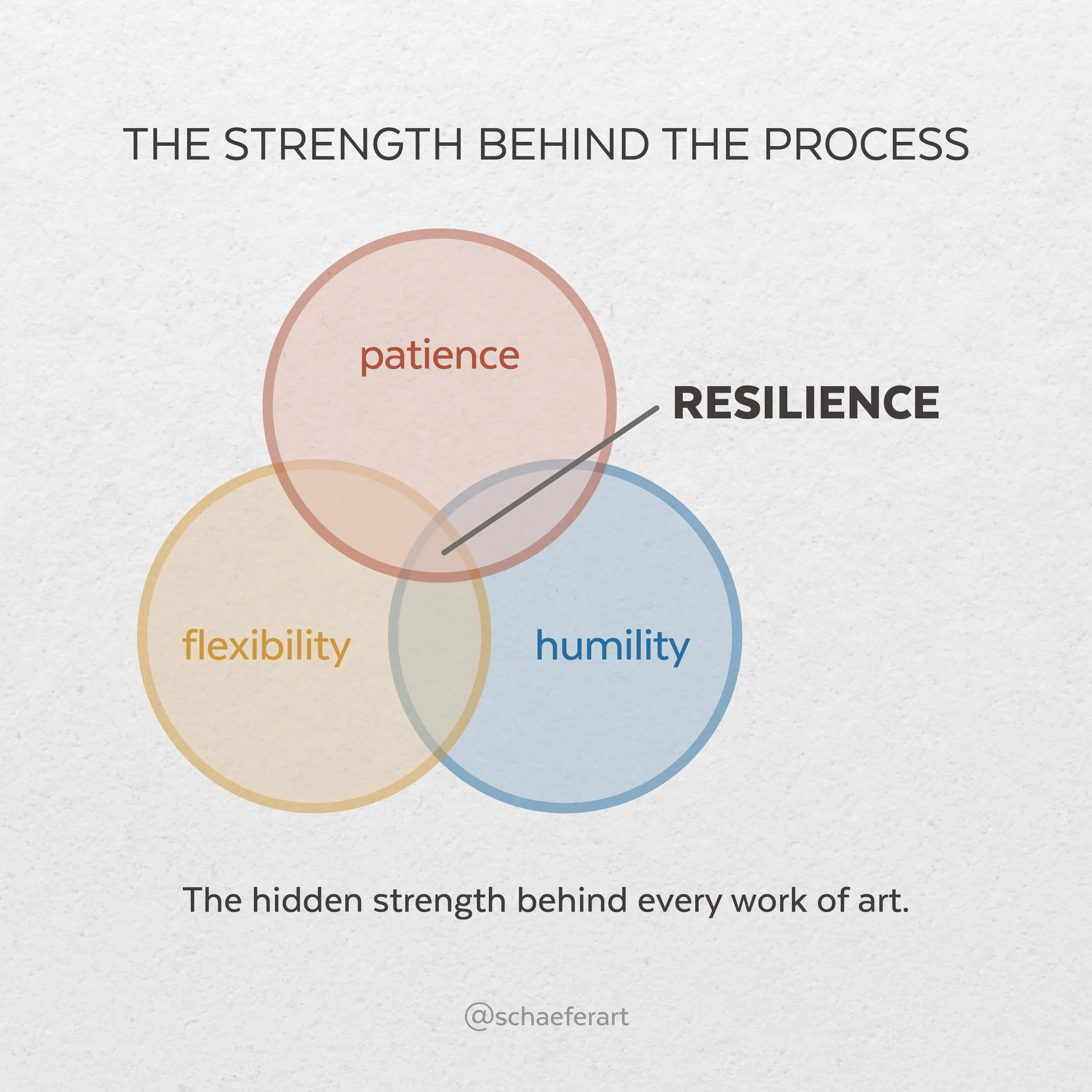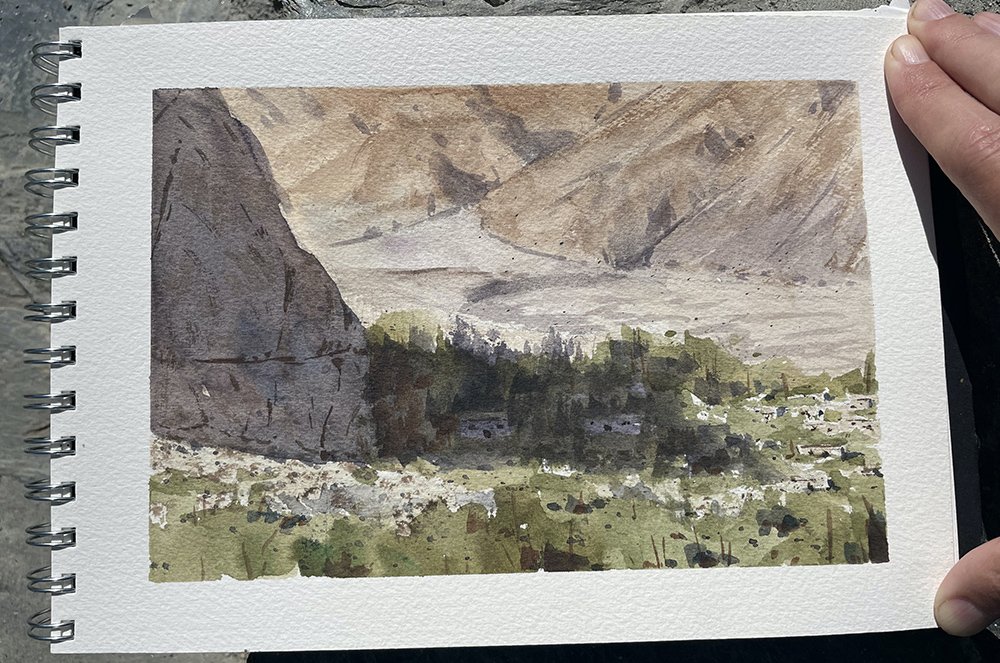Lessons in Masterful Portrait Drawing - Book Review
This book reminded me to think more like an artist and to not be afraid of interpreting the subject more, rather than copying what I see.
The Book in 3 Sentences
Creating a piece of realistic art is capturing the spirit and essence of the subject.
We must make deliberate decisions when it comes to our process and drawings.
Studying, observing, and increasing our knowledge of our subjects will help us to create better drawings.
Impressions
This book reminded me to think more like an artist and to not be afraid of interpreting the subject more often, rather than copying only what I'm seeing. This is an in-depth but also concise guide to studying and improving our portrait drawings. I believe there are many concepts in this book which can be applied to other subjects than portraits too.
Who Should Read It?
I'd highly recommend this to anyone who's interested in learning about portrait drawing, classical approaches to drawing, and ways to improve your drawings overall. But, you'll probably enjoy it if:
You feel your drawings aren't realistic enough
You're not happy with your drawings
You struggle a lot of proportions or facial features
You love to draw
You want to draw portraits or human figures
How the Book Changed Me
How my life, behavior, or thoughts and ideas have changed as a result of reading the book.
It made me think more about the fundamentals of drawing again, which is so important for creating successful drawings. As time goes on, I can sometimes forget about these fundamentals, so reading a book like this every once in a while helps to recharge my art brain in the right direction.
The way I approach my drawings has changed because of this book. I focus more on the whole of the drawing the entire time, rather than getting bogged down in unnecessary details.
As an artist interested in realism (in a loose manner), this book reinforced ideas about focal points and being selective with details. As artists we have to create art, not create photographs. We should want our brushstrokes or pencil strokes to be visible in the end result because these marks are like our fingerprints in our pieces. They are unique to us.
It's made me feel more comfortable interpreting my subjects and drawing or painting based on feelings and emotions.
My Top 3 Quotes
Although color is missing from a drawing, the art of drawing covers all other elements of painting, including proportion, volume, perspective, space and texture, and therefore provides a foundation for all forms of painting. Most problems that occur in a painting are due to poor drawing skills. If these basic drawing skills are not well developed, the image in a painting will crumble like a building upon a poor foundation.
The midtones are an important element in the value scale when drawing light and shadow. It is the midtones that give depth, variety, realism and interest to objects and images. Our eyes are required to appreciate the finer rhythms of the midtones, which makes them all the more sensual. When compared to pure black and white, don’t the midtones come across as more musical? For the artist, the exquisite variations make midtones all the more challenging yet compelling.
First, try to get the proportions right, capture the key features and make everything as simple as possible. Slowing down will help you avoid misshapen proportions and too much detail. Sketching should be relatively fast but is not all about speed. Start slow, then gradually speed up.
Summary + Notes
Drawing is the foundation for all types of art. If you're a painter, most painting errors are because of lack of drawing abilities or weak skills.
Drawing from plaster casts or busts is one of the best methods for starting to learn to draw portraits. Since they are clean and all white, it's easier to understand light and shadow. This will help you to better draw form in your drawings.
In the early stages of the drawing use only straight lines and focus on large shapes. Avoid contour lines.
Focus on the harmony of the building blocks or foundation of your drawing before moving onto the features.
Work on all of your drawing at once. Don't get caught up in details. Keep most of your draw at the same level of finish the entire time. Consistency is key.
Midtones create the interest in a shaded drawing or portrait. Our eyes are trained to enjoy these subtleties. Our drawings will be boring without these.
When you begin shading, focus on areas that will show changes in depth or height. Focus on the features.
Focus on capturing the essence of the subject. The emotion or state of mind. This will bring your drawing to the next level. Having an accurate drawing is nice, but having one that is interesting and evocative is special.
Draw from life as much as possible. But don't just copy exactly what you see. Try to have a "higher purpose" for your drawing. Breathe life into your subjects.
Be selective with what details and how you draw them. Draw too many details shows lack of judgement and aesthetics. Follow your feelings about the subject in order to determine which details to draw.
First establish the nose on the face, then you can more easily find the placement for the eyes and mouth.
Don't add any value to your drawing until you've confidently blocked-in your subject, it's planes, and separation of light and shadow. Use straight lines for this stage.
When adding first values, use grey for your dark shapes so it'll be easier to change them. Darken them further in the final stage.
Save details for after block-in and shading stages. Add only details which you feel are necessary to convey your idea.
Squint at your subject to simplify the lights and shadows and details.
Be critical of your work and know when to stop drawing or add details. Observe your work as a whole and avoid focusing in on small details.
Have you read this book? If so, what is your favorite takeaway from this book? I’d love to hear from you :)

I am an artist, writer, and instructor. As a previous graphic designer for a healthcare management business, I now teach drawing, painting, and discovering your passion with art.
When You’re Ready, Here’s How I Can Help You:

Unlock your artistic potential and learn to draw with confidence using the Intuitive Drawing method. From your first sketch to creating realistic drawings and subjects.

















